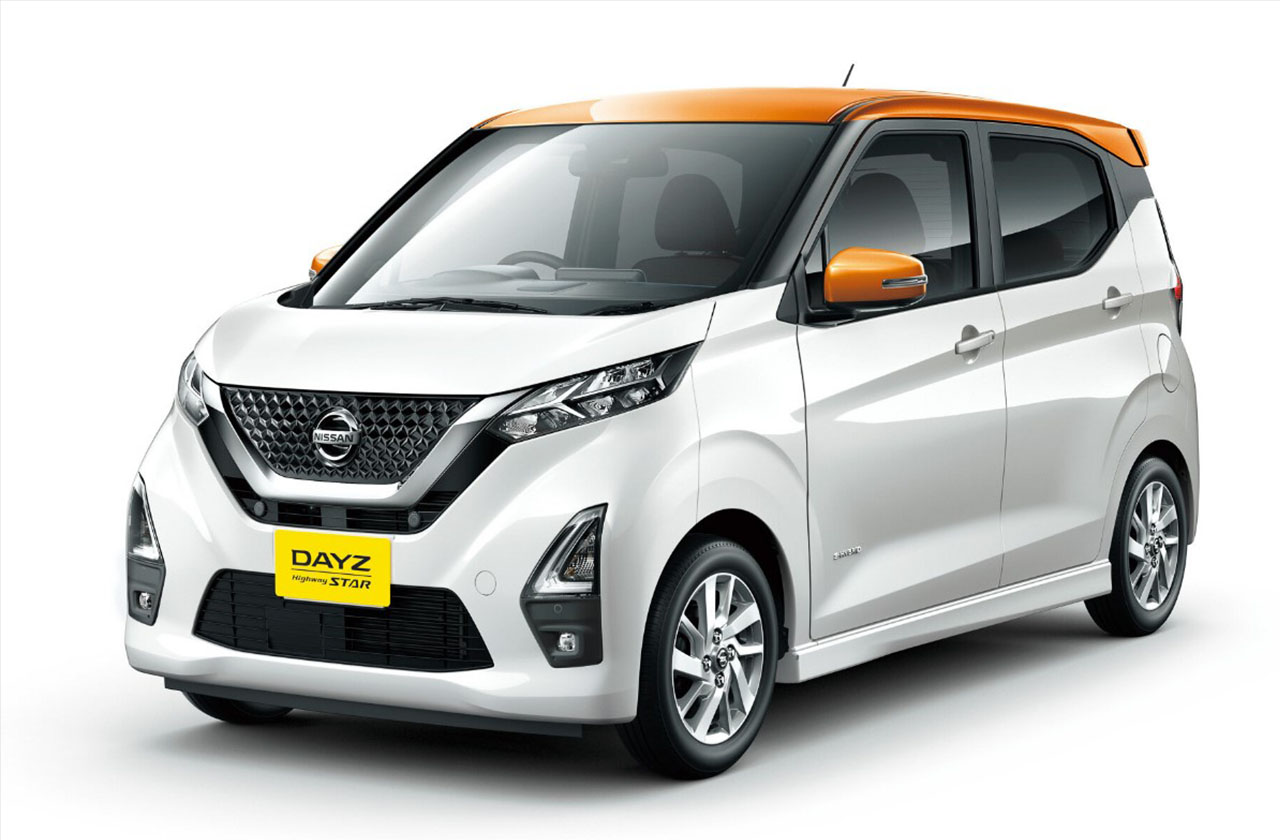Nissan Motor has introduced a new technology called SUMO to produce electric vehicles. They allowed to reduce the cost of production by 10%, despite the transition to vehicles with more complex fillings.
SUMO is short for simultaneous underfloor mounting operation. This set of technologies has already begun to be used for trial assembly of the Ariya electric crossover at the Nissan Tochigi plant north of Tokyo.
Nissan's SUMO process delivers greater efficiency by simultaneously installing all of the vehicle's powertrain components fr om a lift-up panel. Assembly is carried out by robots.
The front, middle, and rear sections of the access panel consist of interchangeable modules that can be used in a variety of layouts for electric, hybrid, and internal combustion vehicles.
At Nissan Oppama's plant near Yokohama, wh ere the Leaf is assembled, workers still have to individually install powertrain components in place and hand-tighten them, a more labor-intensive process.
Nissan invested $296 million in the refurbishment of the Tochigi plant. A significant part of this amount went to the purchase of robots. Now they also mount the headlining and front panel. Thanks to high-precision sensors and fast movements of the robot, it was possible not only to speed up this procedure, but also to improve the quality of the assembly.
Innovations are applied at other stages as well. High-speed automated winding of copper wire for the engine of the Ariya electric crossover is involved. Nissan said this is the first mass-produced eight-pole electric motor that does away with permanent magnets. This will help eliminate dependence on rare earth elements.
Nissan was also able to combine the painting of the Ariya's steel body and polymer bumper parts into one process. This reduces time, complexity and emissions.
Previously, the body and bumpers had to be painted separately, as they needed different baking temperatures. Now, thanks to a newly developed water-based paint that cures at lower temperatures, Nissan can paint all parts at the same time, reducing energy consumption by 25%.
To check the quality of painting, a new robot was installed, capable of detecting dust particles no more than 0.3 mm in diameter. According to Nissan representatives, before using this technology, defects up to 0.5 mm in size could be detected.
In June, Nissan spoke about the British plant for the successor to the Leaf. The company intends to reorganize the site in Sunderland, where, in addition to the Leaf, the Qashqai and Juke crossovers are now assembled.






